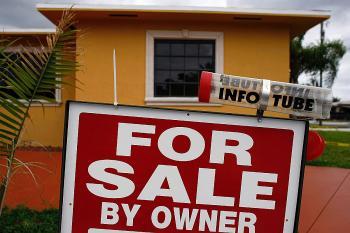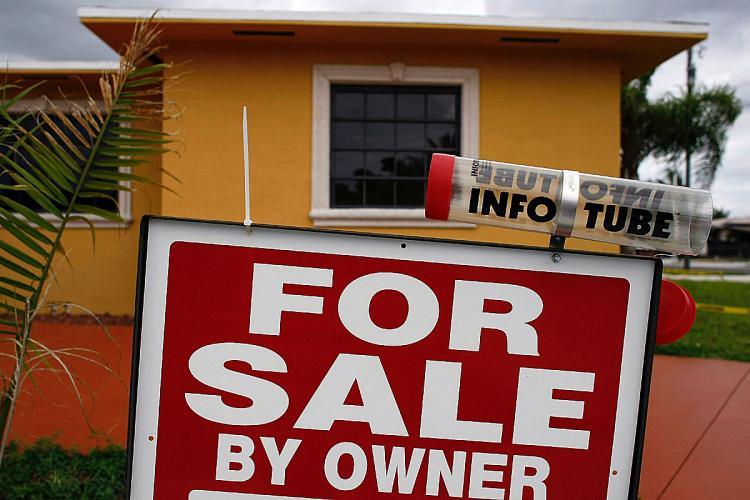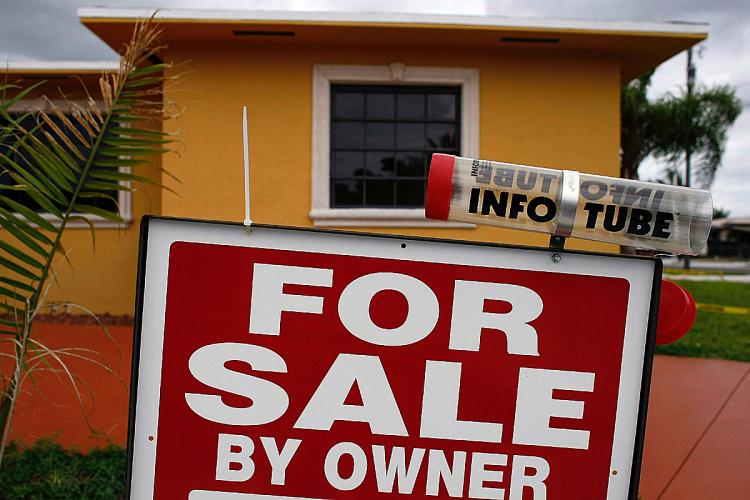Home sellers, what is your mission?
Home sellers, what is your mission? Let’s get right to it—it is to remain wise and realistic, regardless of how good or poor market conditions may be, and to get your home sold for a fair and equitable price in as seamless a transaction as possible.
You say, OK, that sounds pretty good—how do I do that?
Tips on selling include understanding “the big three” of home selling and how each of the three relates to one another. In doing so, every seller may consider the three characteristics and how each applies to his or her specific approach in selling.
Location is possibly the most difficult of the big three to harness and control. Isn’t the location of a home unchangeable? It is unless you plan on picking your home up from its footings and moving it across town. Probably not, you say.
But it helps to understand that there are positive and negative factors others will associate with the location of your home. Be sure to highlight all of the positive aspects in your marketing materials.
For example, if your home is located on a wooded lot, on a quiet cul-de-sac, near the natural foods store, it might be nice to have pictures of these places to include in a brochure or on a virtual tour that prospective buyers can easily spot.
Don’t be afraid to be creative and to set your property apart from other sellers in the area who may have failed to highlight such factors. Of course, we want everything to be handled professionally, so be sure to seek out an agent you trust will do a good job.
Know your advantages and disadvantages before listing. Roll them around in your head. This way you won’t be surprised by any comments on “poor location” that may come from prospective buyers—and also, you may seek comfort in the fact that you have done all you can to balance out the negatives with the positives.
Also, realize that the big three are inversely related. If your location is not so hot, offset this disadvantage with careful pricing and by making improvements to your home’s condition. In the end, each of the big three must be treated with care and concern. This approach aims to yield harmony in the process and should help you achieve the greatest outcome when selling.
Installment 2: Price
Let us first review your mission as a home seller: to remain wise and realistic, regardless of how good or poor the market conditions may be, and to get your home sold for a fair and equitable price in as effortless a transaction as possible.
Now let’s look at pricing. Of the “big three,” pricing is perhaps the most important, and definitely the most potent. The power of pricing lies in the fact that it can transcend the other two factors.
This means, regardless of your home’s location or condition, it can definitely be sold if it is priced right. The right price is not easy to determine. This is where the experience of a qualified agent is recommended.
Pricing is not as simple as setting the price of your home for the amount listed on your annual valuation statement. Market conditions, location, your home’s condition, what time of year it is, as well as the pace of the local market all help determine what price your home may sell for.
Keep it simple—to get top dollar for your home, you must market the best features of your home’s location, and at the same time make appropriate home improvements so your home is in its best condition. At least repair whatever is visibly defective. If you are unwilling to make repairs and updates to your home, you must price the home accordingly in order to render the home appealing to buyers.
Remember, location, price, and condition are a package deal, and the first time a buyer views your home, he or she will consider (consciously or subconsciously) all three factors. For this reason, you should be prepared for serious buyers to walk through your front door. So make all repairs and updates before a single person enters.
Lastly, stay away from the mentality of overpricing. It can do more damage than good. When a home is overpriced, prospective buyers will sense it.
The first 30 days your home hits the market are the most vital. During this time, your home is fresh and interesting to buyers. Potential buyers may walk away if the price is too high. Don’t have the mentality that you can always lower it. Thinking you can drop the price later is a backward approach that rarely works.
Installment 3: Condition
Now let’s look at condition. To begin, consider the current condition of your home. Look at its structure from the outside and inside: the roof, mechanical units, and the cosmetic interior. Then make a list of home repairs and improvements to change the condition of your home before selling.
If you choose not to make improvements, remember it’s still important to price your home according to the market value. For example, if your home is not in top condition, it must be priced lower than the other similar but better-conditioned homes in the area so it sells.
How do you know the condition of your home? The best way is to purchase a home inspection—often referred to as a pre-inspection—from a qualified home inspector. A pre-inspection will offer you an accurate understanding of the physical condition of your home. Afterwards, if you are willing to make repairs and improvements based on the inspection report, go right ahead and do it.
Most buyers want a working home that has been cared for by its current owner. Making repairs and enhancements ahead of time eliminates the prospect of negotiating multiple repairs during the selling or buying transaction, when things are under a deadline and the stakes are high. Having a home in top condition can also ease a buyer’s mind and increase his or her willingness to buy without delay and write up an offer to purchase on the spot.
Now consider how appealing your home is cosmetically. Ask yourself what needs updating. Also, consider if it is worth updating certain features before putting your home on the market. This is where the guidance of a real estate professional comes in handy. Or perhaps you have viewed enough home-improvement television shows to feel comfortable making updating decisions on your own, but a real estate professional knows buyers’ needs firsthand and will be happy to help you.
During the sale of a home, these three factors must be considered. As with everything, when these factors remain in relative harmony with one another, everything seems to work out smoothly.
However, all three factors should be considered separately, as well as viewed as to how each affects the other. With all this in mind, rest assured that you are ready. Now, take a deep breath and go sell that home!







Friends Read Free